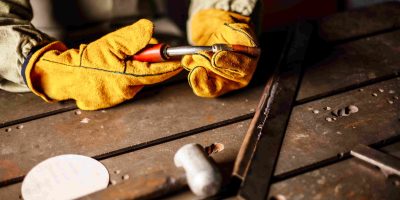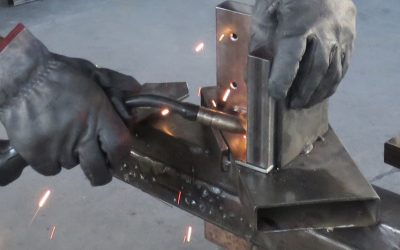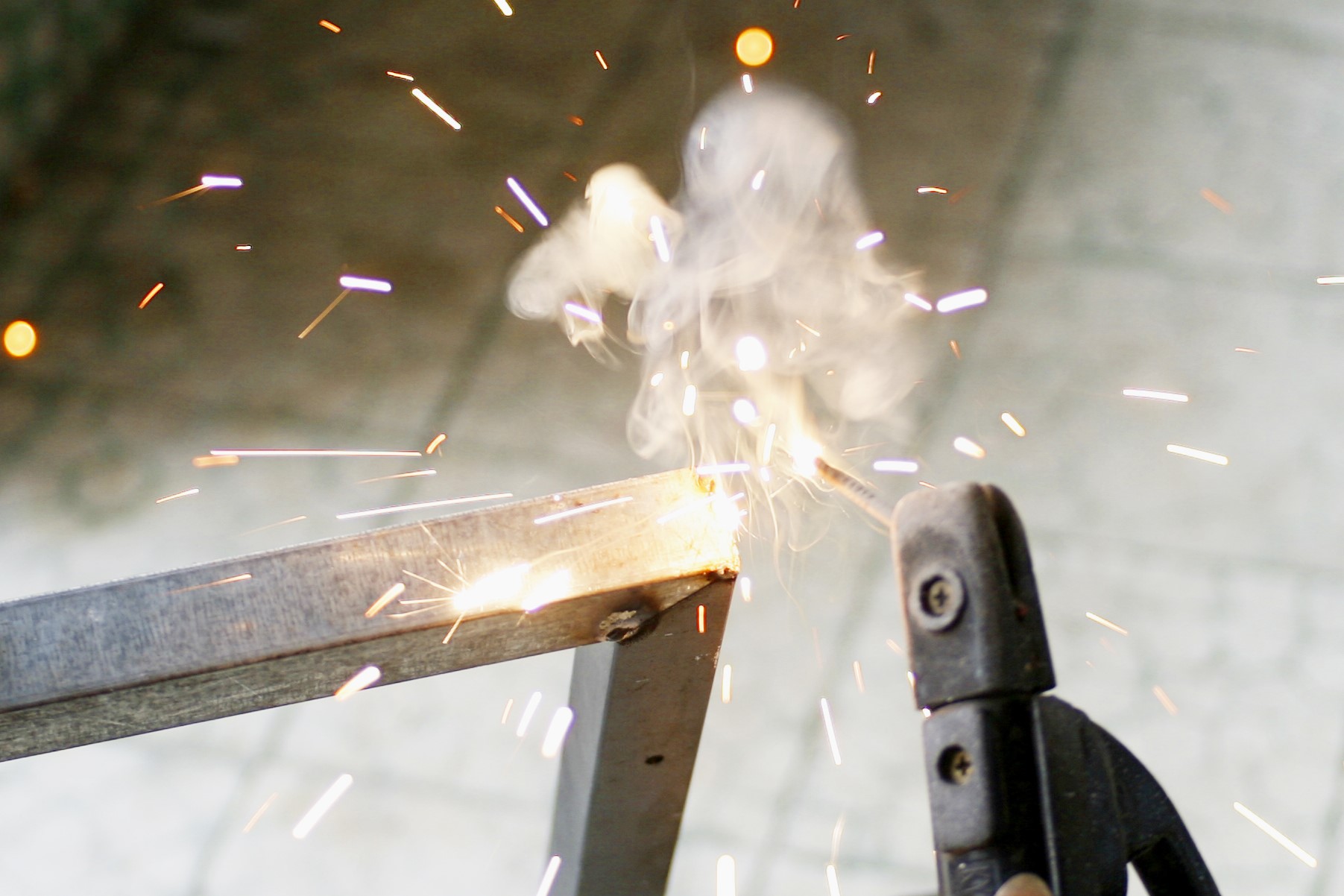Welding is integral to many structures, from towering skyscrapers to humble garden fences. If you’re wondering how to ensure the quality of your welding projects, you’re not alone. Whether you’re a seasoned professional or a curious homeowner, knowing how to inspect welding quality can save you from potential mishaps. But how do you go about it? Let’s dive into this comprehensive guide on checking the welding quality in Melbourne, breaking down complex concepts into simple, digestible information.
Why Quality Welding Matters
Think of welding as the glue holding your favourite mug together; if it’s weak, the mug breaks, and you spill your coffee. In the case of metal or steel structures, poor welding can lead to dangerous failures, costly repairs, and even accidents. Ensuring quality welding in Melbourne is essential for safety and longevity, whether for a new building or a simple metal gate.
Welding is more than just melting two pieces of metal together; it’s a science and an art. Various welding methods, such as MIG, TIG, and stick welding, are used depending on the project and materials. Each method has its own strengths and weaknesses, and understanding these basics can help you identify potential issues.
Visual Inspection: Your First Check
The most straightforward way to inspect welding is through a visual check. You don’t need to be a welding expert; just know what to look for.
- Consistent Weld Beads: Look for smooth, consistent beads. Good welds will have a uniform appearance without excessive buildup or gaps.
- Absence of Cracks and Porosity: Cracks are a big red flag. They can compromise the integrity of the weld. Similarly, porosity (tiny holes) indicates poor welding quality.
- Proper Penetration: A good weld should penetrate the base metal adequately, ensuring a solid bond.
Common Welding Defects
Even the best welders can encounter defects. Let’s explore some common welding issues and what they mean for your project.
-
- Cracks: Cracks are the most severe defect, indicating a weak weld that can fail under stress and pressure.
- Porosity: Tiny holes or porosity in the weld can weaken it, making it susceptible to breaking.
- Incomplete Fusion: This occurs when the weld metal doesn’t correctly fuse with the base metal, resulting in weak joints.
- Undercutting: Undercutting happens when the weld metal erodes the base metal, reducing the weld’s strength.
- Cracks: Cracks are the most severe defect, indicating a weak weld that can fail under stress and pressure.
Tools and Techniques for Inspection
While a visual inspection is a good start, sometimes you need specialised tools to ensure quality
-
- Callipers and Gauges: These tools measure the dimensions of the weld, ensuring it meets the required specifications.
- Callipers and Gauges: These tools measure the dimensions of the weld, ensuring it meets the required specifications.
- Welding Magnifiers: These are used to closely inspect the weld for defects that may not be visible to the naked eye.

Non-Destructive Testing Methods
Non-destructive testing (NDT) methods are invaluable for assessing welding quality without damaging the structure. Here are some commonly used NDT methods:
-
- Ultrasonic Testing (UT): Ultrasonic waves detect internal flaws. It’s a precise method for identifying issues that aren’t visible on the surface.
- Radiographic Testing (RT): This involves using X-rays or gamma rays to inspect the weld, similar to taking an X-ray in medicine.
- Magnetic Particle Testing (MT): MT detect surface and near-surface defects in ferromagnetic materials.
Destructive Testing Methods
Sometimes, you must go beyond NDT to ensure the weld’s quality. Destructive testing involves testing a welded piece to its breaking point.
-
- Bend Test: This test checks the weld’s ductility and strength by bending the welded piece.
-
- Tensile Test: A tensile test involves pulling the welded piece until it breaks, measuring the maximum tensile strength.
-
- Charpy Impact Test: This test measures the energy absorbed by the weld before fracturing, which is crucial for assessing its toughness.
- Charpy Impact Test: This test measures the energy absorbed by the weld before fracturing, which is crucial for assessing its toughness.

Welding Standards and Certification
Adhering to welding standards is non-negotiable in Melbourne. The Australian Standard AS/NZS 1554 sets the guidelines for welding structural steel. Certified welders and companies ensure that your project meets these standards, providing peace of mind and quality assurance.
How to Choose a Welding Service
Selecting the local welding service in Melbourne can be daunting, but it doesn’t have to be. Start by checking for certifications and previous work. Don’t hesitate to ask for references and read reviews. A reputable welding service provider like ATSS Fabrication will be transparent about their qualifications and past projects.
Inspecting the quality of welding in Melbourne is crucial for ensuring the safety and durability of any metal structure. From visual inspections to advanced testing methods, there are various ways to evaluate the quality of a weld. By understanding these methods, you can ensure that your welding projects are done right, whether for a small DIY task or a large construction project.
FAQs
What are the most common welding defects?
Common welding defects include cracks, porosity, undercutting, and incomplete fusion.
Why Quality Welding Matters?
Quality welding is crucial because it ensures metal constructions’ structural integrity, safety, and longevity. Poor welding can lead to weak joints, which may cause structural failures, costly repairs, or even accidents. Quality welding is essential for large-scale projects or small metalwork to prevent hazards and ensure the structure’s durability.
How can I visually inspect a weld?
Look for consistent weld beads, absence of cracks or porosity, and proper penetration into the base metal.
What is the difference between NDT and destructive testing?
NDT methods inspect the weld without damaging it, while destructive testing involves testing the piece to the point of failure.
How can I choose the exemplary welding service in Melbourne?
Check for certifications, review past work, ask for references, and read reviews to ensure you’re choosing a reputable service.

